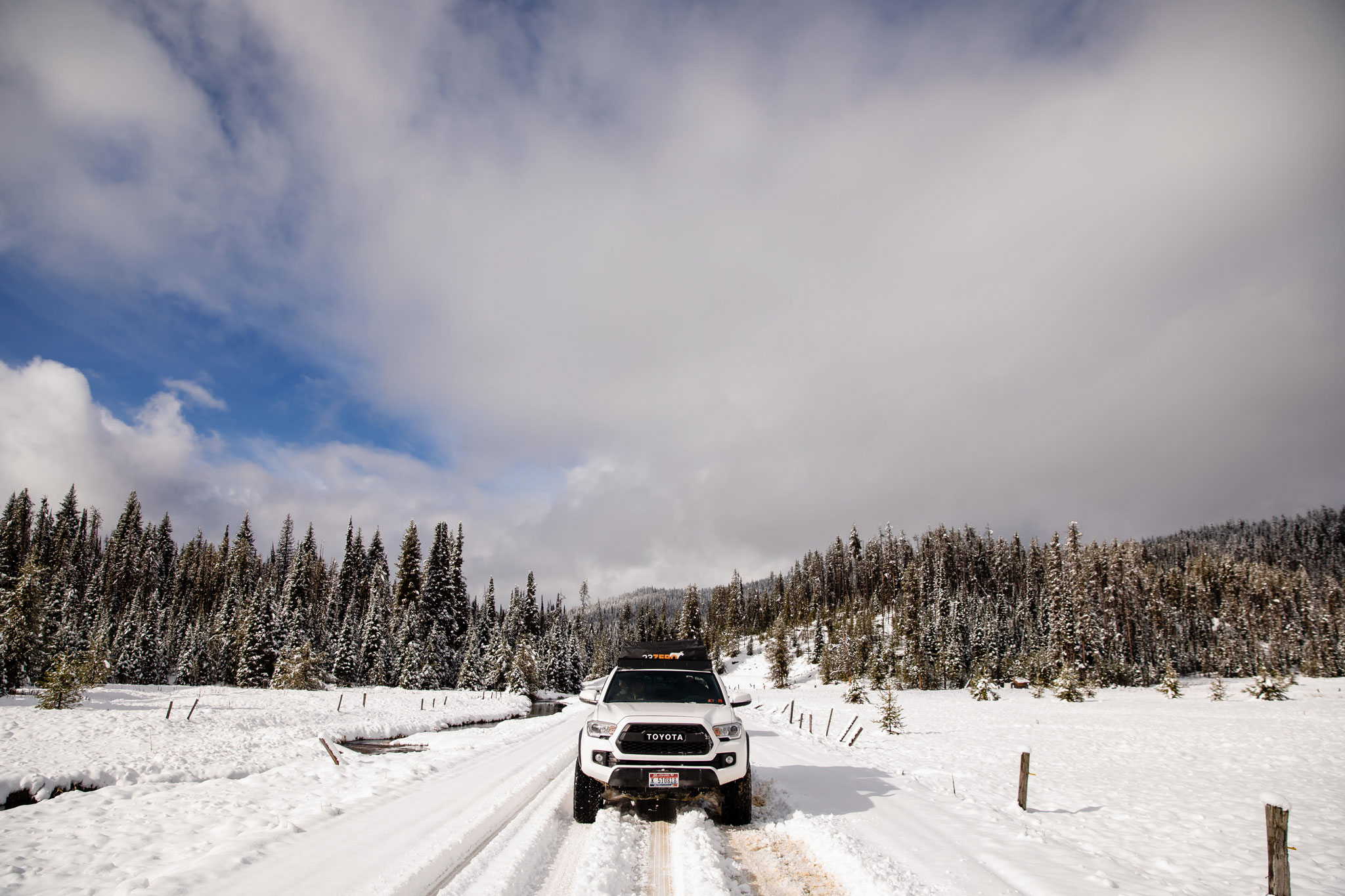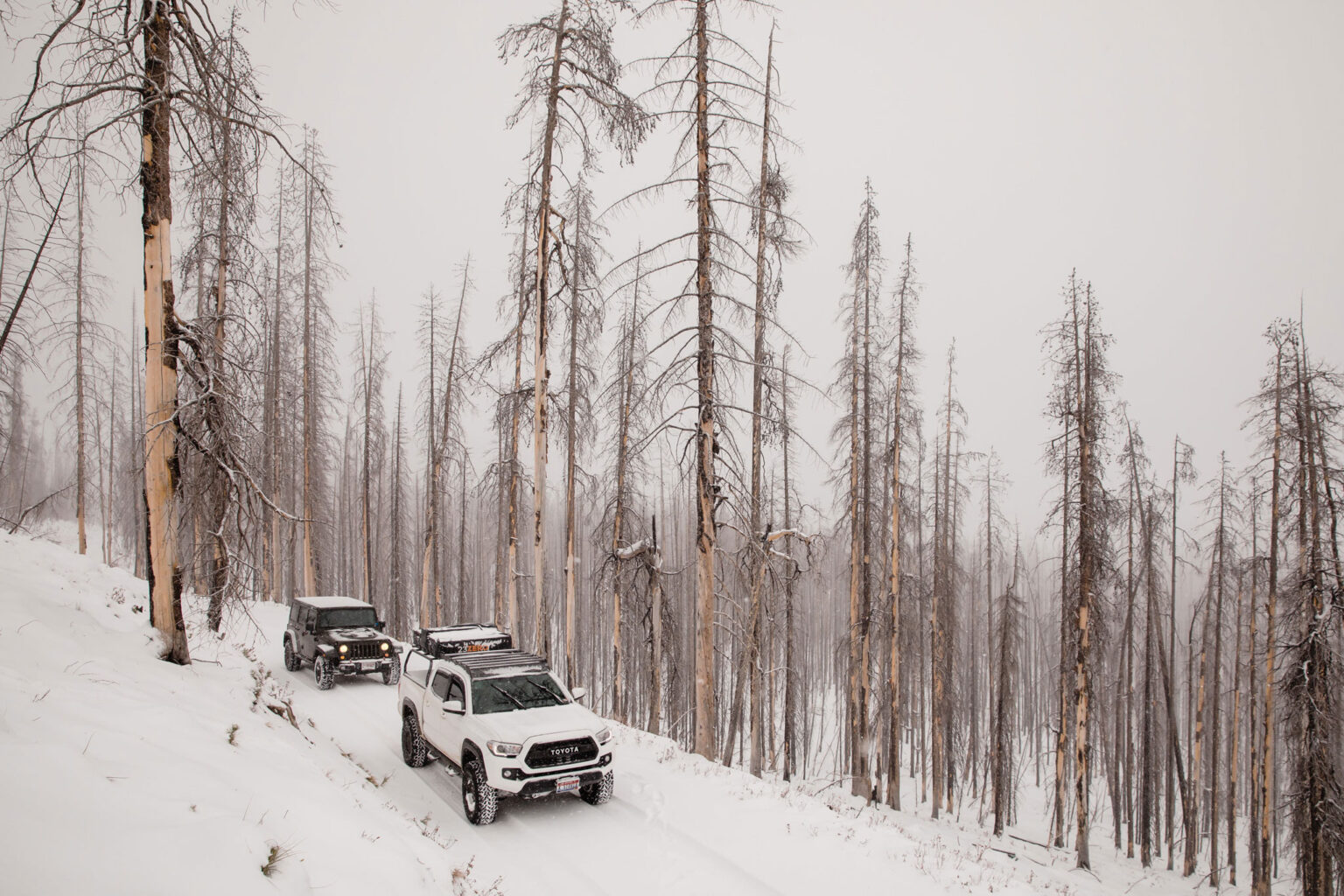“The goal is to see and learn about our world, whether on a weekend trip 100 miles from home or a 10,000-mile expedition across another continent. The vehicle and equipment can be simple or extravagant — they, too, are simply means to an end. History, wildlife, culture, scenery, self-sufficiency — these are the rewards of overlanding.” – Overland Journal
Throughout the 19th century large numbers of early American pioneers headed west in wagon trains following routes known as overland trails. Historians have estimated as many as 500,000 Americans emigrated using these trails from the 1820’s through around 1870.
One of these routes, which was very similar to the Oregon Trail, was known specifically as the Overland Trail and was established by the “Stagecoach King” Ben Holladay.
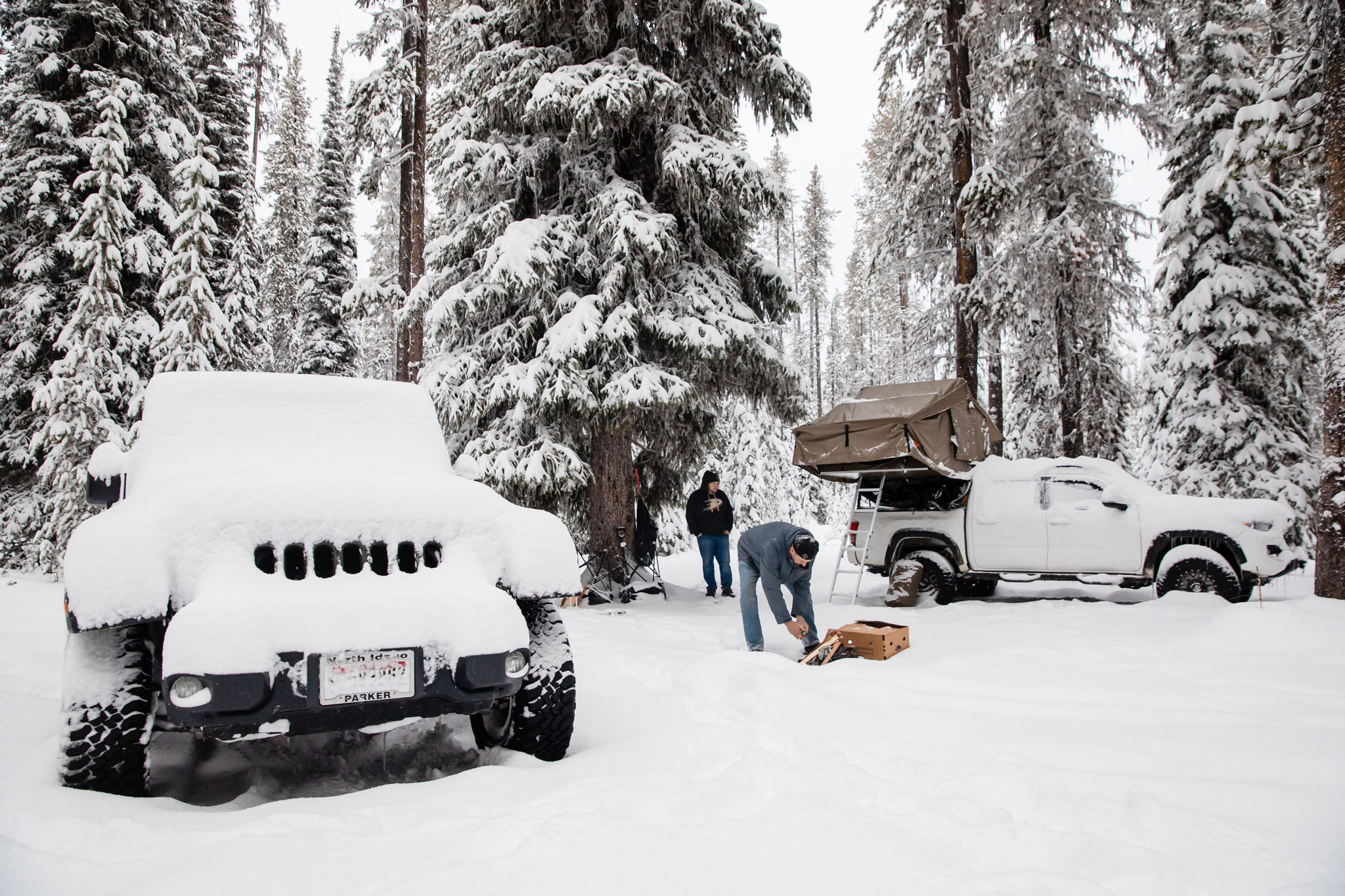
Much of the trail also closely followed the earlier route of the original Pony Express. In reading about stagecoach migrations throughout early American history, it is difficult not to come across the word overland repeatedly, and Ben Holladay’s company was even named the Overland Stage Company.
With all these repeated references to the word overland and the American tradition of co-opting things as our own, one could hardly be blamed for thinking the up-and-coming modern trend of motor vehicle-based overlanding might have been invented here. The truth, however, can be found something like 10,000 miles away in Australia.
Overlanding as it is known today has deep roots in Australia dating back to the early 1900’s when roads there were being developed for the purpose of moving livestock great distances. Later, in the 1940’s, one Australian man by the name of Len Beadle would become synonymous with overlanding for his pioneering roadwork throughout the Australian outback. He would eventually develop around 3,500 miles of roads, and those roads eventually would become a rite of passage for many modern overlanding enthusiasts.
So, what exactly is overlanding? While Wikipedia isn’t the best source for many things it actually sums this answer up fairly nicely: “Overlanding is self-reliant overland travel to remote destinations where the journey is the principal goal. Typically, but not exclusively, it is accomplished with mechanized off-road-capable transport (from bicycles to trucks) where the principal form of lodging is camping, often lasting for extended lengths of time (months to years) and spanning international boundaries.”
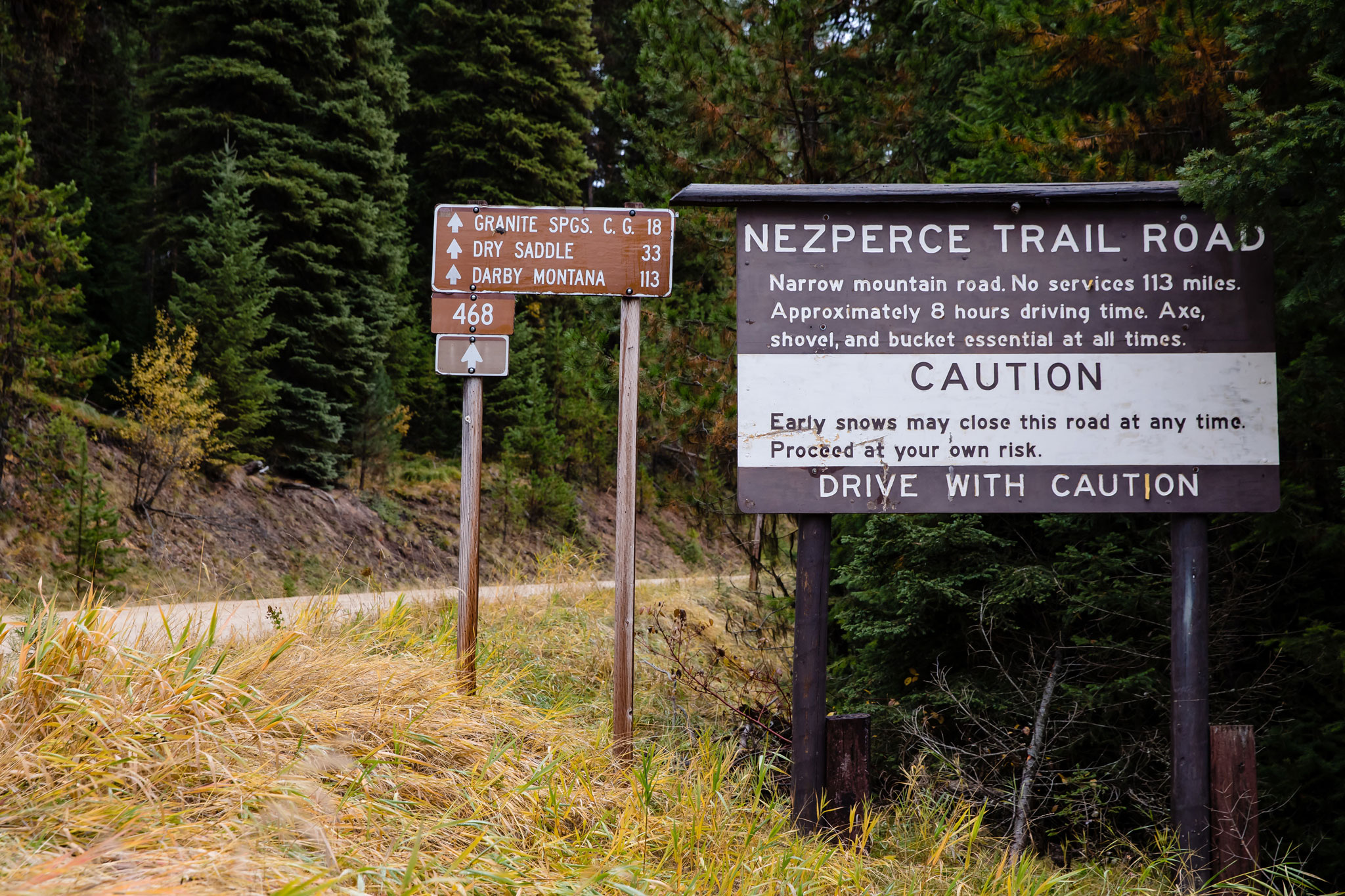
The more modern version of overlanding frequently draws some inspiration from its Australian progenitor in that the camping often takes place on the transportation vehicle and is thus up off the ground. On those early Australian trips, it was necessary to be up off the ground as that’s where many dangerous and venomous hazards could be found.
Today’s overlanding vehicles come in many shapes and sizes from motorcycles to Sprinter vans but all share in one common aspect, they must be set up to be prepared for the unexpected. Some of the more popular vehicles used are Toyota Landcruisers, Tacomas and Four Runners as well as a wide variety of Jeeps and of course the legendary Land Rover Defender.
Story continues after a quick message from our sponsor below.
When it comes to effective overlanding, self-reliance is the No.1 concern. The vehicle itself is the primary tool but a wide variety of other tools and supplies are essential. It is common, if not also essential, to carry spare fuel, tires, parts and electronics along with the proper tools and knowledge to know how to use them. Beyond that, all the basic backcountry supplies are critical as well. A large supply of water, food, camping supplies, communication devices, first aid gear, cooking equipment, and of course the necessary bathroom supplies are also must haves.
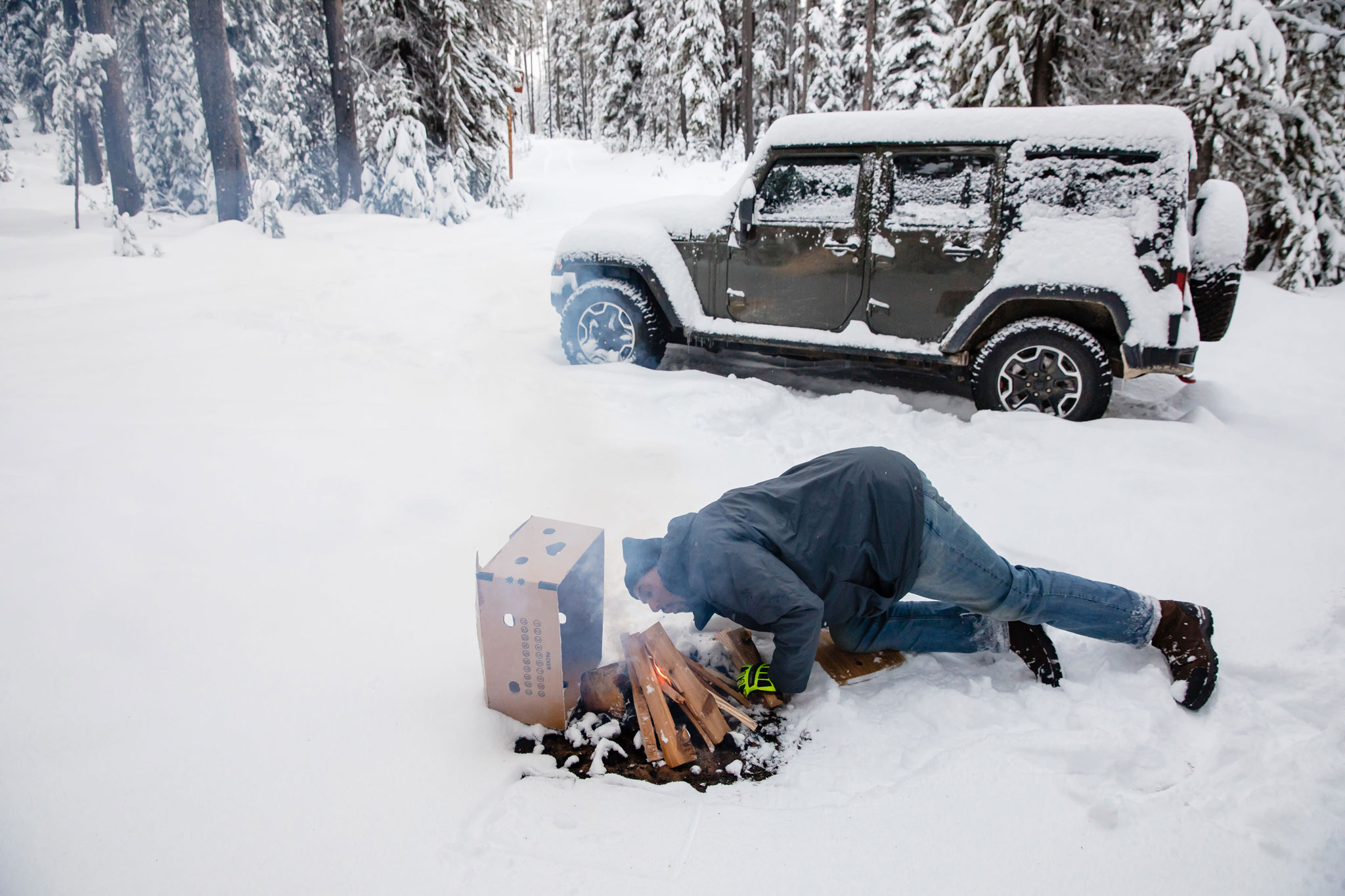
A true overlanding adventure isn’t an overnight trip just a stone’s throw away from the main road but rather a multiple day or even multiple week adventure where the only assistance available comes from members of the overlanding party itself.
The journey undertaken for the adventure photographed in this article harkens back to the early years of American overlanding adventure. For this trip local Coeur d’Alene photographer and teacher, Jerome Pollos, and his traveling partner set out to tackle the Magruder Road Corridor, a route deeply rooted in Northwest overlanding history. This approximately 100-mile trip from Elk City, Idaho to Darby, Mont. traverses one of the wildest roads in the United States.
The course of this trail was once a main route of travel between Idaho and Montana and in 1863 became infamous when Lloyd Magruder and four of his traveling companions were killed for the gold they were transporting. The killings were carried out by individuals who had joined into Magruder’s party with the sole intention of robbing them. Interestingly they were brought to justice by a friend of Magruder’s, Hill Beachy, who tracked them all the way to San Francisco and brought them back to Idaho to step on the scales of justice. The weight of their crimes was so heavy that they ended up on the receiving end of Idaho’s first legal executions in 1864.
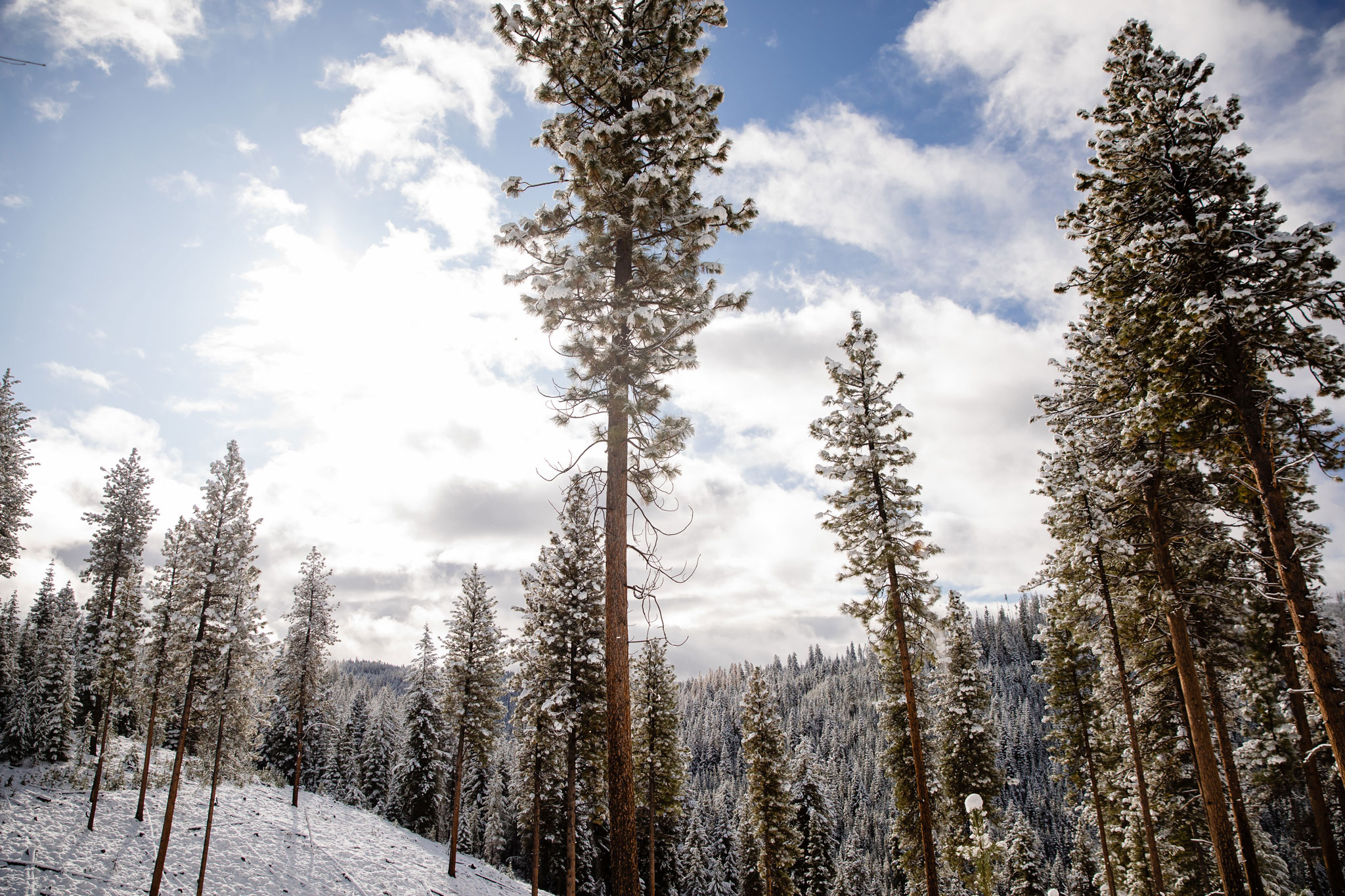
The corridor Jerome and his companion traveled was officially created in 1980 and traverses two wilderness designated areas: the 1.2 million-acre Selway-Bitterroot Wilderness to the north, and the 2.3-million-acre Frank Church-River of no Return Wilderness to the south. The route is rugged and not recommended for low-clearance vehicles. Travel here is best performed from July through October due to snowpack and related runoff issues. The reward, however, is solitude and pristine beauty. In fact, not much has changed here since the days when it was first traveled by the Nez Perce Native Americans or even since that dark day when Magruder himself and his traveling partners met their demise.
If you’re interested in joining the ranks of the growing pastime of overlanding, it’s important to give some serious thought regarding the endeavor. Remember, an overnight adventure into the woods where one can quickly run into town for more ice, a six-pack of beer or even a fast-food stop does not constitute overlanding. The real adventure involves unplugging yourself from the grid, practicing true self-reliance for an extended period of time and venturing into unknown territory. In overlanding, it is essential that the true experience is the journey itself rather than the destination. N
By John Grollmus
Photography By Jerome Pollos
As Featured In: Summer/Fall 2022
